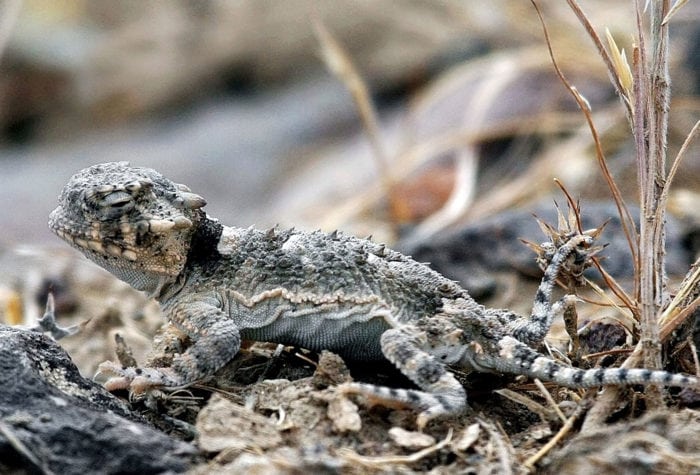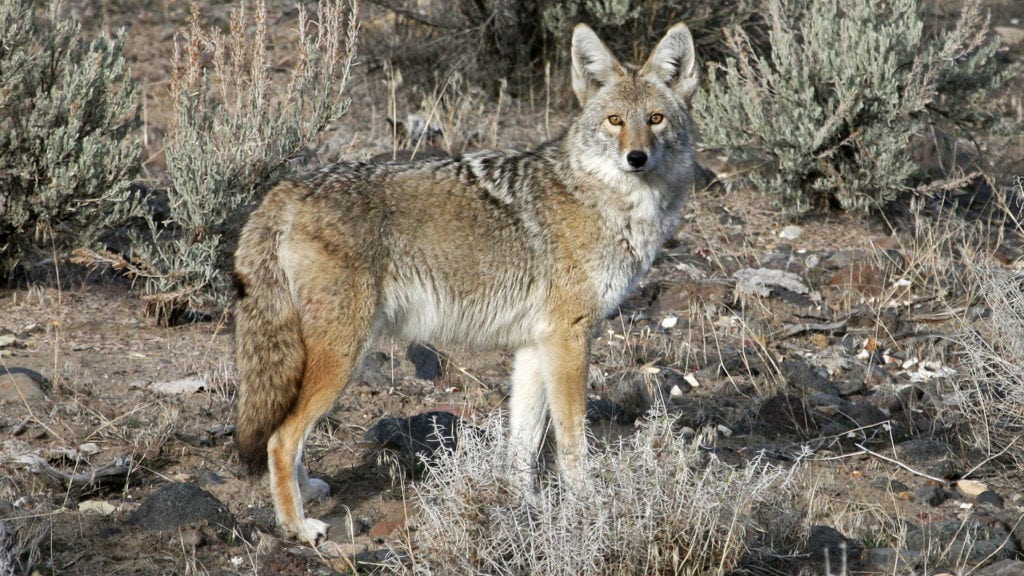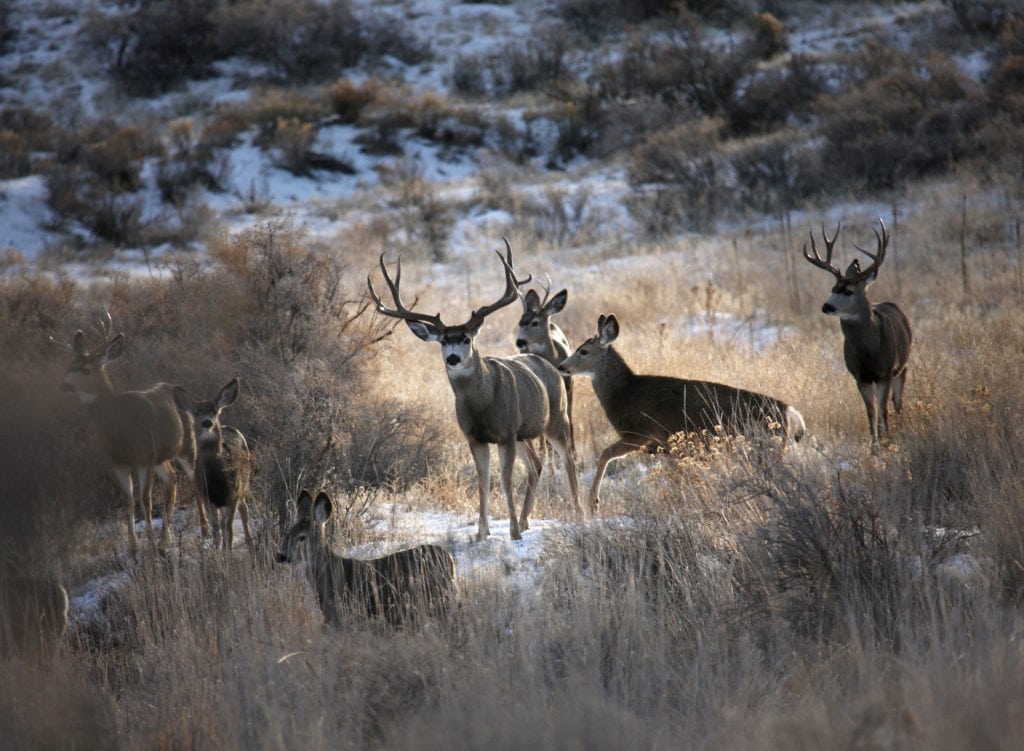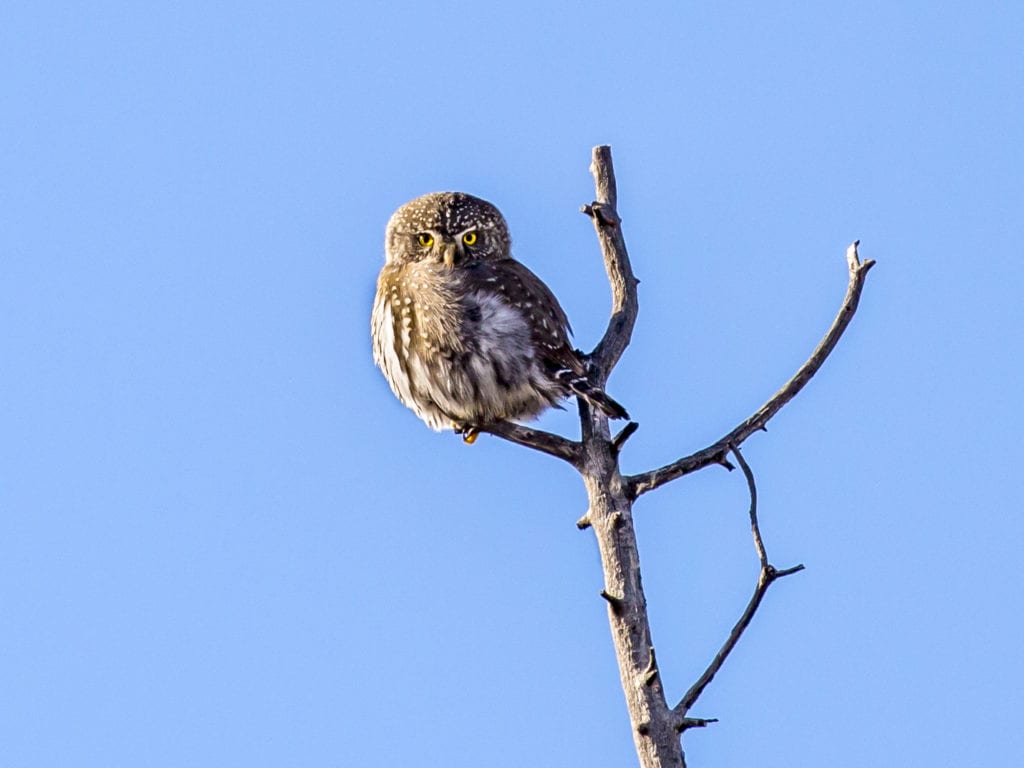By Scott Bowler
What’s there to do in the desert in the winter?
Watch wildlife! In many ways, especially at lower elevations, winter’s cold weather can provide some great hiking and exploring opportunities and it’s definitely a great time to be on the lookout for the rich array of wildlife species that inhabit Oregon’s high desert.
Many small prey species remain active all winter, and if they are active, you can bet that their predators are out there, too! Birding can be excellent in winter, too, as resident species become concentrated in areas of more abundant food and safer shelter. Since everyone needs water, it’s a good plan to look for streams and ponds that are still open, where you will find plenty of critters using the resource.
First, keep your distance
Winter time means more difficulties for animals, and keeping alive means finding appropriate shelter, food, and water—all vital to winter survival. Cold weather is a highly stressful time for animals because resources are scarce, and they’ve found their place to be safe, so we must try even harder not to affect their behavior and drive them off their range. A great rule of thumb to keep in mind is that if your motion and sound causes the animals to change their activity and move away, you just got too close.






